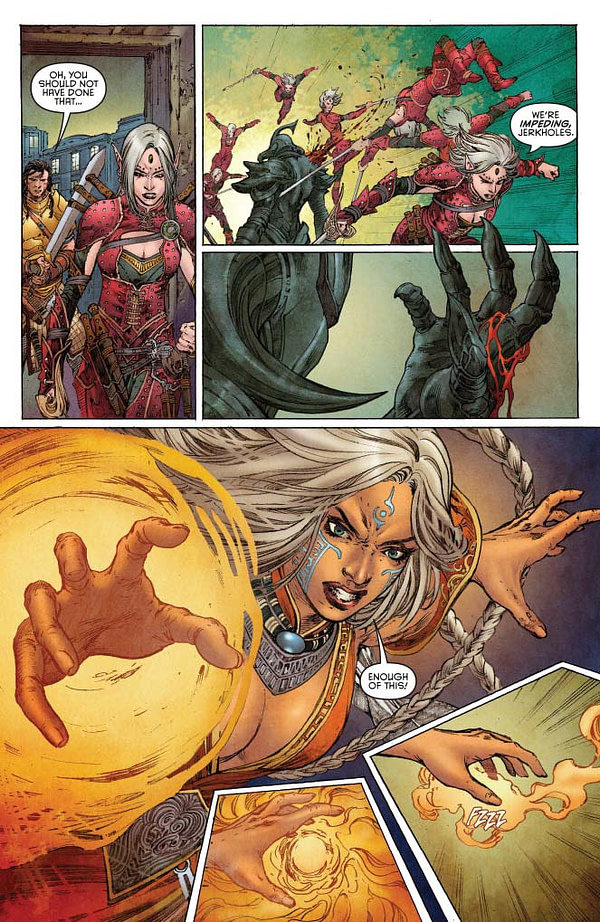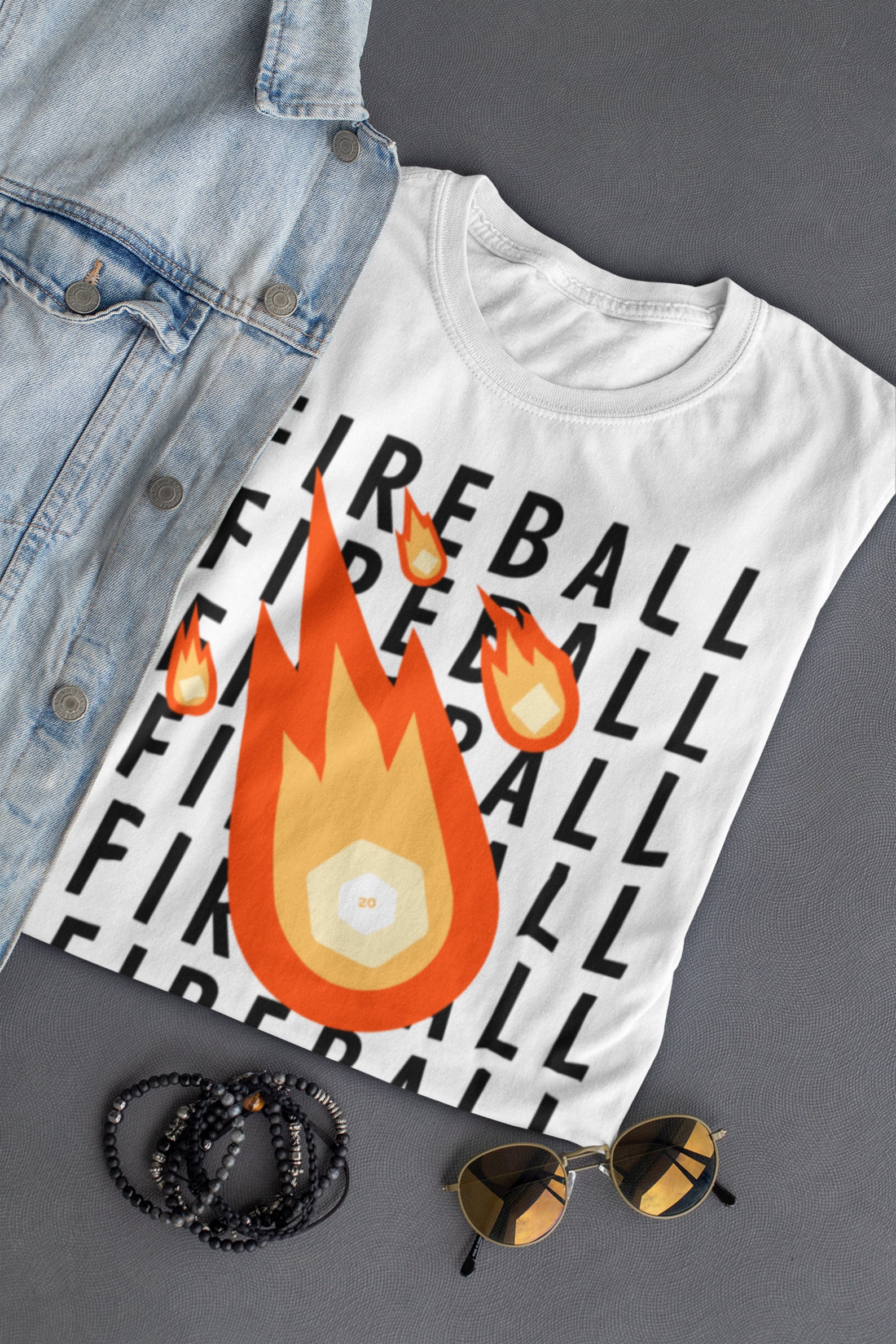

- #Pathfinder fire ball full
- #Pathfinder fire ball plus
Librarian: The Wizard is the gold standard of Librarians. Blaster: The Wizard has most of the big-name blaster spells, and a normal party can expect a good wizard to bring a few fireballs to the table. In addition, Trapfinding and Evasion make Rogues practically immune to traps. They get Stealth, Disable Device, Perception, and Sleight of Hand. Scout: The Rogue is the gold standard of Scouts. Face: Though charisma may not be a priority, the Rogue has all of the Face skills. Striker: Fighters lack the big dice ball that Rogues get from Sneak Attack, but they can still be a serious damage dealer with their high number of attacks, big weapons, and Power Attack. #Pathfinder fire ball full
Defender: With full plate armor, tower shields, and d10 hit points, the Fighter is your classic defender. Utility Caster: The Cleric gets a lot of excellent utility spells, especially divinations. Support: The Cleric gets many of the best support spells in the game, right from level 1. They have all of the big name restorative spells, and can cast cure spells spontaneously if they are good aligned. Healer: The Cleric is the iconic, gold standard of healing. They lack other Face skills, but can skate by on Diplomacy and high Wisdom as a second string Face. Face: The Cleric gets Diplomacy as a class skill, and likely has some charisma to support their Channel Energy ability. Defender: The Cleric gets shields, medium armor, and d8 hit points, which can make them an excellent second string defender. Channel Energy can be an excellent AoE damage effect, and higher level spells like Flame Strike can make the Cleric an excellent second string Blaster. Blaster: The Cleric gets several excellent Blaster effects. With fairly little planning, these four classes can easily cover every role, and can even provide secondary characters to step up when the primary character needs some extra help. While this may not be an exciting composition, it is the base line against which any decent party should be balanced. The generic adventuring party consists of a Cleric, a Fighter, a Rogue, and a Wizard. Instead, each character must fill multiple roles to form a complete party. It would be ridiculous to expect every party to have a character dedicated to each of these roles.  Utility Caster: Divination, teleportation, and other non-combat problem solving, typically via magical means. Debuff: Blind things, give them penalties, or otherwise make them easy to kill. Area Control: Wall of fire, and other effects which control movement on the battlefield. Support: Party buffs and debuffs like Haste or Inspire Courage. Grab / Grapple: Very few enemies can function normally while grappled, and unless they are also built to grapple you are at a major advantage. Assassins and many spellcasters are excellent disable strikers. Damage: Throw a pile of damage on things. Striker: Single-target damage or disable. Infiltrator: Sneak in, look at stuff, maybe take some stuff. Scout: Stealth, scouting, and trap-finding.
Utility Caster: Divination, teleportation, and other non-combat problem solving, typically via magical means. Debuff: Blind things, give them penalties, or otherwise make them easy to kill. Area Control: Wall of fire, and other effects which control movement on the battlefield. Support: Party buffs and debuffs like Haste or Inspire Courage. Grab / Grapple: Very few enemies can function normally while grappled, and unless they are also built to grapple you are at a major advantage. Assassins and many spellcasters are excellent disable strikers. Damage: Throw a pile of damage on things. Striker: Single-target damage or disable. Infiltrator: Sneak in, look at stuff, maybe take some stuff. Scout: Stealth, scouting, and trap-finding. #Pathfinder fire ball plus
Librarian: All of the knowledge skills, plus Spellcraft.Face: Diplomacy, bluff, intimidate, linguistics, sense motive.Taunt/Threat: Either by dealing a ton of damage or using a mechanic to force enemies to attack them, Threat Defenders force enemies to engage them instead of the defender’s allies.They defend their allies by preventing or deterring enemies from moving past them. Area Control: Polearm fighters, trippers, or generally just characters with big reach.Defender: Stands between the biggest monsters and the squishy people.Blaster: AoE damage effects like Fireball.These sub-roles don’t generally affect party composition, but I refer to them frequently in other articles. Some roles include sub-roles to distinguish specific strategies common to that role. As such, I have expanded the list of roles considerably. They also fail to address the versatility of many classes which can fill a variety of roles. However, due to 4e’s fairly combat-heavy play style, these roles don’t stretch to fit the more diverse and complex needs of Pathfinder. These roles helped to encourage rounded parties which met the needs of the party in combat. Each class was specifically denoted as a Controller, Defender, Leader, or Striker.

Example Party Compositions Defining Party RolesĤth edition DnD added the concept of specifically codified class roles.By planning your party composition in a party of any size, it can better handle the challenges commonly presented to a party in Pathfinder. A good adventuring party is greater than the sum of its parts.







 0 kommentar(er)
0 kommentar(er)
